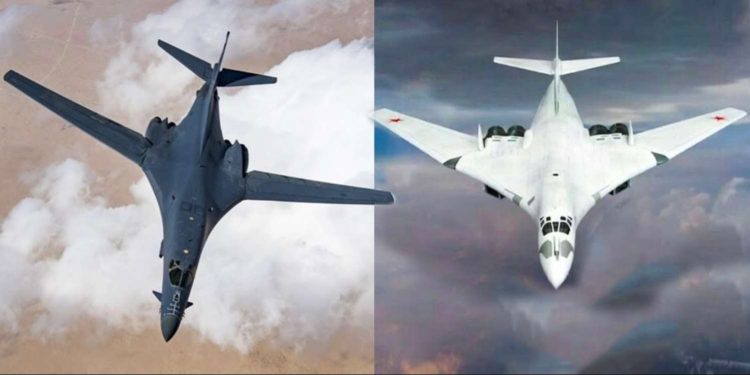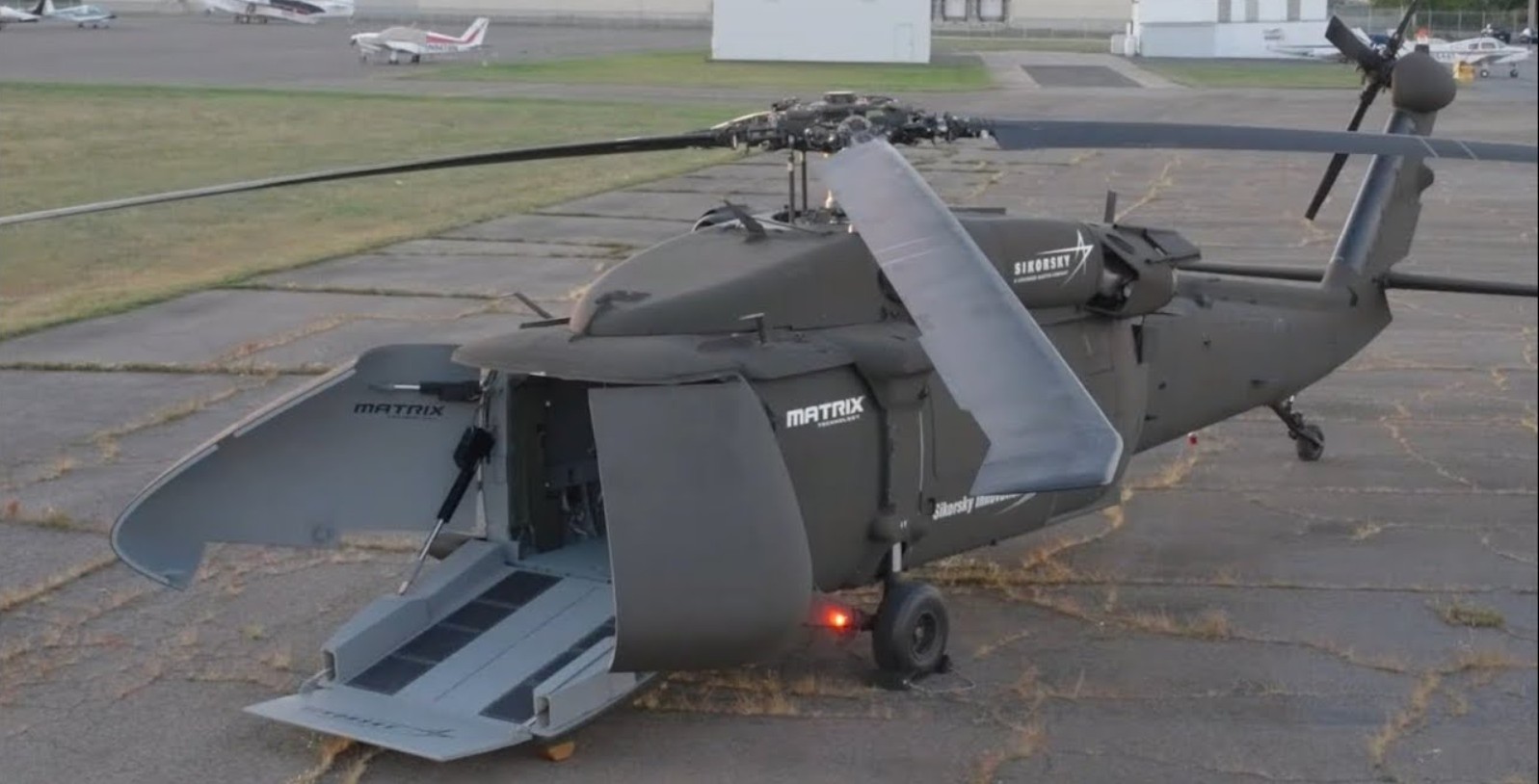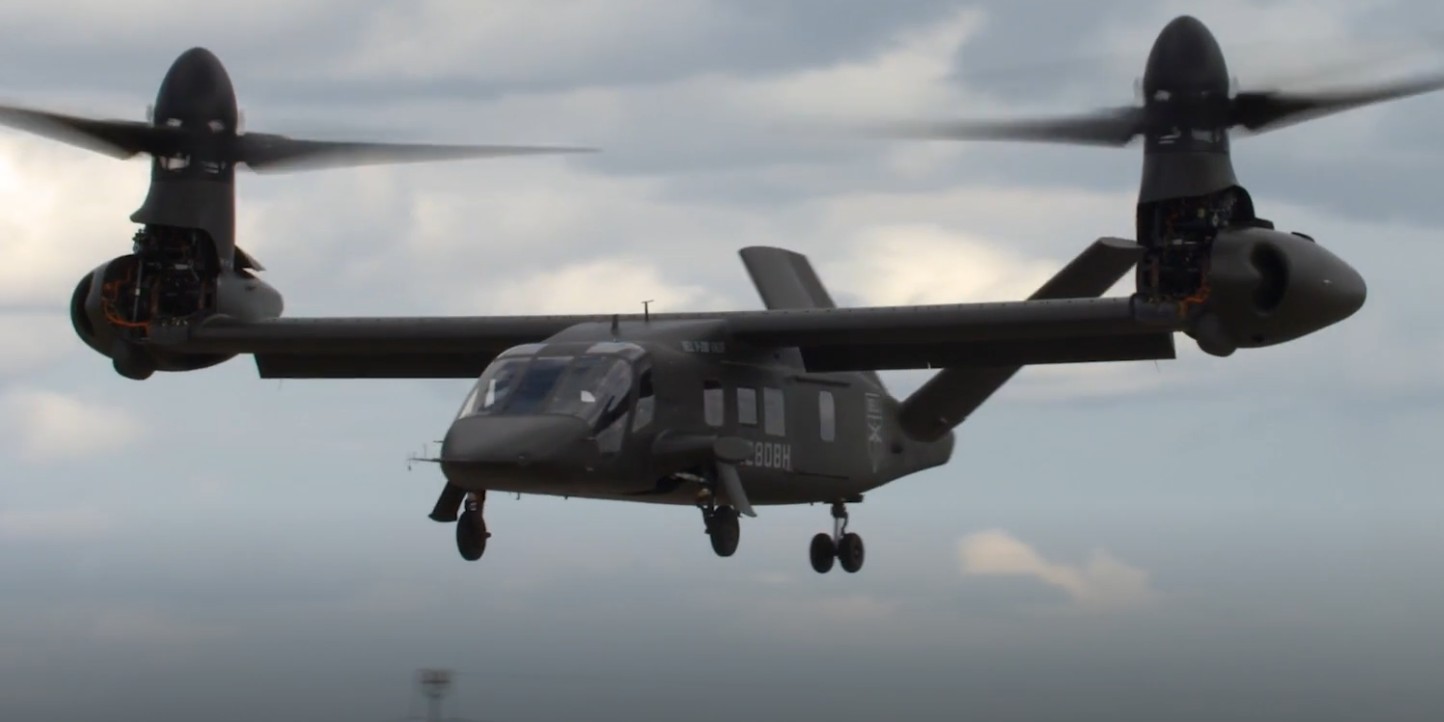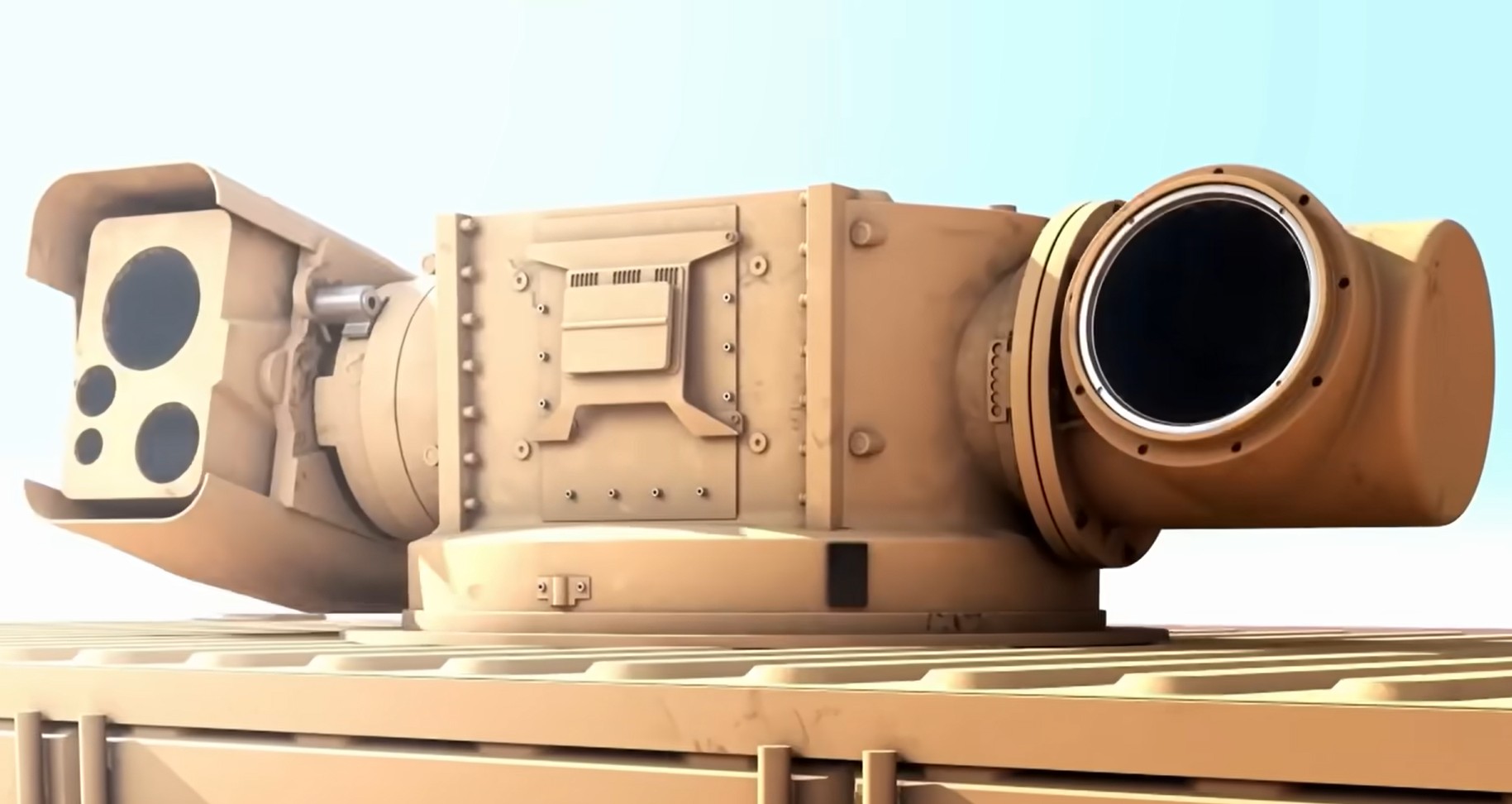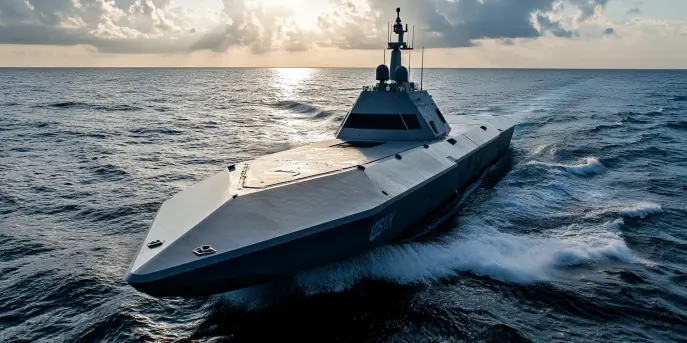The Legendary Bombers
When it comes to strategic bombers, two names often surface as icons of aerial might: the American B-1 Lancer and the Russian Tu-160. These supersonic giants, renowned for their speed, payload, and technological prowess, symbolize the pinnacle of air power. Despite their common role in strategic bombing, they exhibit distinctive design philosophies and technological innovations.
Design and Development
B-1 Lancer: Developed by Rockwell International, the B-1 Lancer was introduced in the 1980s as a replacement for the aging B-52 Stratofortress. Its development centered around low-level penetration capabilities combined with a substantial payload capacity. The B-1’s distinctive sweeping wing design enables it to operate efficiently across various speeds and altitudes, granting it unparalleled versatility.
Tu-160: Known as the ‘White Swan,’ the Tu-160 was developed by the Tupolev Design Bureau during the late Cold War era. It made its first appearance in 1981, boasting the title of the heaviest and fastest supersonic bomber ever built. The Tu-160 features variable-sweep wings, similar to those of the B-1, but is notably larger and more powerful. Its development focused on high-speed performance and long-range strike capability.
Performance Capabilities
Both aircraft are revered for their exceptional performance metrics, yet they serve their roles based on divergent strategic doctrines.
- B-1 Lancer: Equipped with four General Electric F101 engines, the B-1 can reach speeds up to Mach 1.25. It has a combat range of approximately 5,900 miles without refueling, making it ideal for deep-strike missions. Its low radar cross-section, achieved through low-level maneuvers and electronic countermeasures, bolsters its survivability against modern air defenses.
- Tu-160: Powered by four NK-32 engines, the Tu-160 can reach speeds up to Mach 2.05, allowing it to swiftly penetrate enemy airspace. With a combat range of around 7,600 miles, it surpasses the B-1 Lancer in terms of operating distance, thus enhancing Russia’s strategic reach. The Tu-160 also employs advanced avionics and stealth features, though its primary defense lies in its speed and altitude.
Payload and Armament
B-1 Lancer: The B-1 is capable of carrying a diverse array of weaponry. It can accommodate both conventional and nuclear ordnance, with an internal payload capacity of 75,000 pounds. This includes JDAMs, cruise missiles, and cluster bombs, which support a broad spectrum of mission requirements.
Tu-160: The Tu-160 boasts a payload capacity of 88,000 pounds, with the ability to carry nuclear missiles, including KH-55 and KH-101, as well as conventional weapons. This superior payload capability underscores its role as a strategic deterrent, capable of delivering massive, long-range strikes.
Technical Specifications
Below is a comparative table of the technical specifications for the B-1 Lancer and the Tu-160:
| Specification | B-1 Lancer | Tu-160 |
|---|---|---|
| Max Speed | Mach 1.25 | Mach 2.05 |
| Combat Range | 5,900 miles | 7,600 miles |
| Engines | 4 x General Electric F101 | 4 x NK-32 |
| Payload Capacity | 75,000 pounds | 88,000 pounds |
| First Flight | 1974 | 1981 |
Operational History
B-1 Lancer: The B-1 has seen extensive service across various conflicts, including the Gulf War, Afghanistan, and Iraq. It has continuously evolved with upgrades in avionics, weapons systems, and defensive measures, maintaining its effectiveness against emerging threats.
Tu-160: While the Tu-160 has seen less combat deployment, it remains a formidable component of Russia’s strategic bomber fleet. It has been involved in exercises that showcase its capabilities and serves as a key asset in nuclear deterrence.
In sum, both the B-1 Lancer and Tu-160 epitomize the zenith of their respective countries’ aerospace ingenuity. The B-1’s adaptability and versatility contrast with the Tu-160’s sheer power and range. These differences highlight the strategic priorities and technological advancements unique to each nation, offering unparalleled insights into the doctrines governing their use of strategic bombers.
